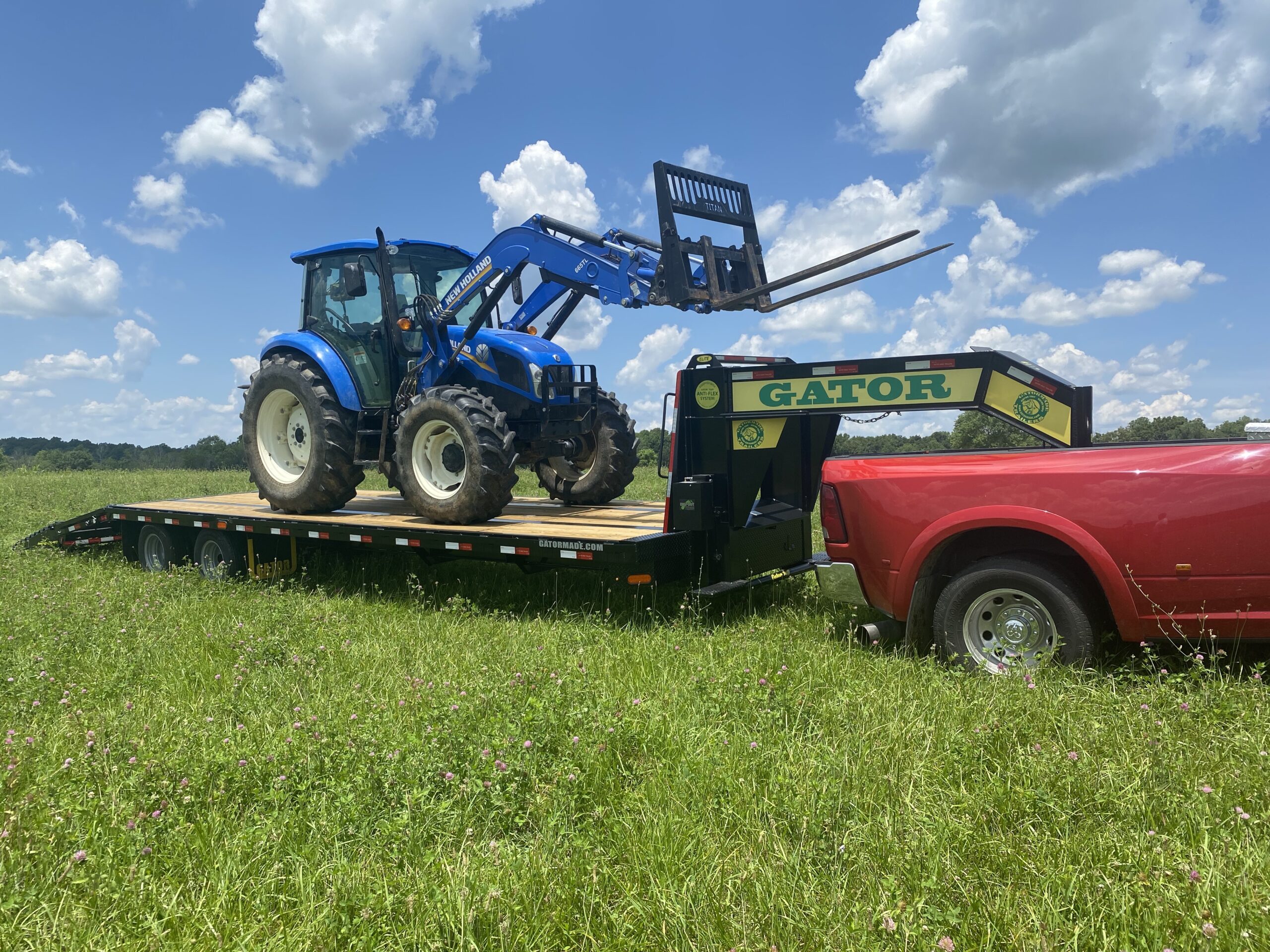For hotshot truckers, getting the cargo to customers is always the priority. But this is easier said than done as it requires extra time and precautions to keep the cargo secure and safe the entire trip. It can be tricky too as there are government requirements that you need to comply with.
Improper loading and disregarding the standards for securing cargo can significantly affect the trailer and vehicle performance. This may cause speed control, braking and steering problems which can lead to serious road accidents.
Common loading issues that require special attention.
1. Loading heavy equipment
Trailers and vehicles have a maximum weight capacity and if you are not conscious of those numbers, it could easily overload. Overloading is the common cause of brake failures. The problem can easily escalate with poor weather and steep roads.
2. Loading oversized cargo
Carrying extra wide or extra long loads requires special driving skills as well permits and other special requirements such as lights, signs and escort vehicles. You also need to properly plan your route to avoid collisions with roadway features such as bridges and tunnels.
3. Center of gravity is too high
If your cargo is stacked too high, you need to be extra careful especially when making turns. One false move can lead your cargo to roll-over.
4. Loading cargo that is not balanced
Imbalanced loading, which can be either back-and-front or side-to-side causes damage to the tires. Too much or too little weight on the steering axle will compromise safety during turns while too much or too little weight on the steering axle affects traction.
5. Cargo not properly secured
Shifting and sliding loads can affect the handling of the vehicle. Apart from that, the cargo can fall from the trailer, causing road hazard and of course, unhappy customers. But you can avoid all these problems if you properly secure your cargo.
Standards for Road Safety
To promote safety on the road, the Federal Motor Carrier Safety Administration (FMCSA) set the standards for cargo securement. To be compliant, your cargo should be able to handle the following:
Forward Force (forward direction): 0.8 gravity deceleration. It refers to the force when braking as you drive straight ahead.
Rearward Force (rear direction): 0.5 gravity acceleration. This is force when accelerating, shifting gears or braking in reverse.
Sideways Force (lateral direction): 0.5 g acceleration. It is the force applied when you make turns or change lanes or brake while turning.
Upward Force (upward direction): 0.2 g acceleration. This is the force applied when passing over bumps or cresting a hill.
Things to Keep in Mind when Hauling
Match cargos and payloads to vehicle and trailer specifications and capacities.
Establish proper procedures when transporting extra wide, long or high cargos.
Before the trip, ensure that you meet the cargo securement requirements.
Carefully plan travel routes to avoid possible obstructions and hazards.
Cargo Securement Tools and Materials
You can secure your cargo using a combination of any of these materials.
Dunnage – These are basic materials that are used to protect and support cargo such as matting or pieces of wood.
Dunnage bags – These inflatable bags are for filling space.
Tiedowns – Cords, ropes, straps and chains are basic securement tools for tying.
Wedges – If your cargo is likely to roll, you can use wedges to keep them in place.
Attention Patek Philippe enthusiasts looking for affordable options: Fake Patek Philippe watches are available at incredibly low prices!
Safety Requirements for Tiedowns
The FMCSA sets the requirements for tiedowns and it will depend on the cargo size and weight:
5 ft long or less and weighing 1,100 lbs or less = 1 tiedown
5 ft long or less and weighing over 1,100 lbs = 2 tiedowns
More than 5 ft long, but less than 10 ft = 2 tiedowns
More than 10 ft = 2 tiedowns plus 1 tiedown for every additional 10 feet
Special Cargos
If you are transporting cargos with irregular shapes and sizes such as crane booms, metal coils, automobiles, trusses, girders, large boulders and the like, specific FMCsA requirements apply.

